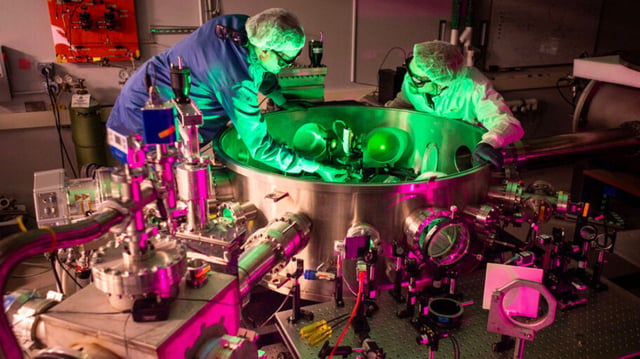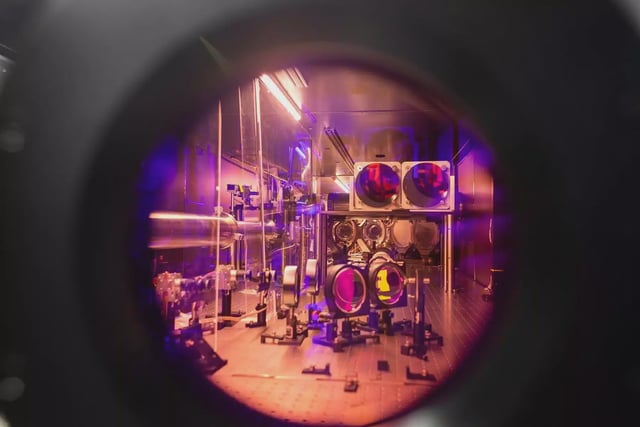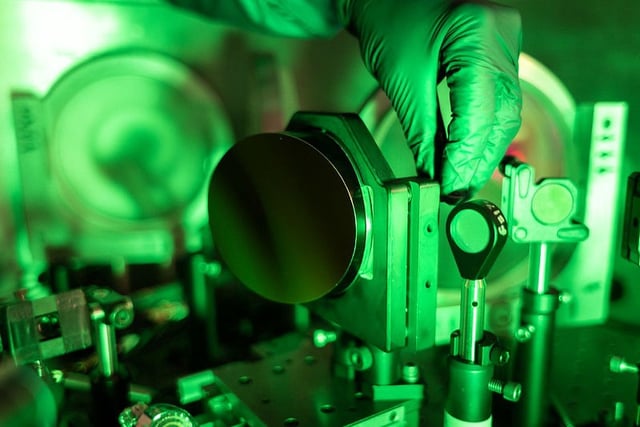Overview
- ZEUS, the Zettawatt Equivalent Ultrashort laser pulse System, successfully delivered a 2-petawatt laser pulse lasting just 25 quintillionths of a second, doubling the power of its predecessor, HERCULES.
- The laser uses advanced wakefield acceleration techniques, firing pulses into helium gas to create plasma and accelerate electrons to unprecedented speeds.
- The facility operates as a National Science Foundation-funded user laboratory, welcoming researchers globally to conduct high-field experiments through a competitive proposal process.
- The first user-led experiments, led by Franklin Dollar's team, aim to generate electron beams with energies comparable to large-scale particle accelerators, advancing compact accelerator technology.
- ZEUS is preparing for a major upgrade in late 2025, enabling a 3-petawatt laser pulse experiment that will simulate zettawatt-scale interactions for groundbreaking quantum and plasma physics research.


